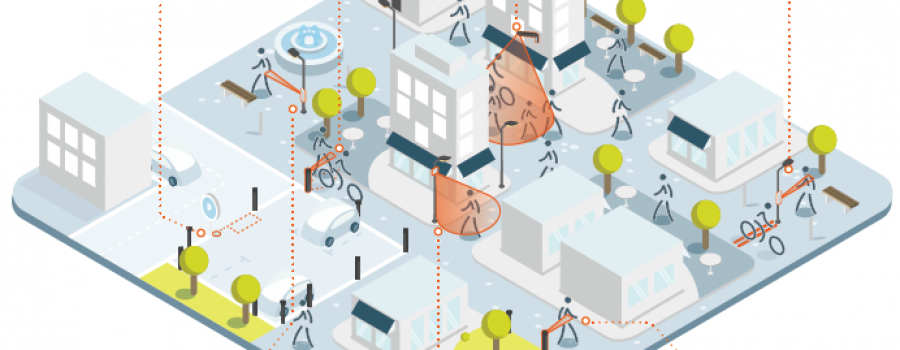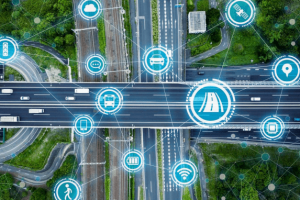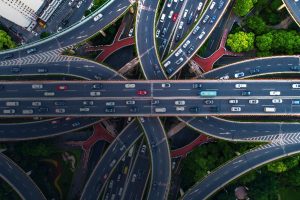In the realm of urban planning, grasping traffic patterns is pivotal for efficient cities. Let’s delve into the growth of traffic data collection methods, from manual surveys to intelligent software solutions.
Early Days: Manual Counts
In a bygone era, traffic insights relied on manual counts. Personnel meticulously recorded vehicle numbers at intersections, yet these mere snapshots failed to encapsulate the intricate dance of urban movement.
Technology Emergence: Technical Tools
Advancements ushered in road tubes, magnetic sensors, and piezo-sensors. Automation brought continuous data streams, yet nuances like vehicle types and speeds remained elusive.
Digital Transformation: Cameras and Sensors
Digitalization triggered a seismic shift in data collection. Cameras and sensors emerged as vigilant sentinels of traffic analysis. The Internet of Things (IoT) seamlessly wove devices together, producing real-time data flows that enable comprehensive scrutiny.
Precision with AI:
Data is a puzzle that demands interpretation. Artificial Intelligence (AI) algorithms became our solution, seamlessly processing massive datasets, uncovering patterns and trends that human analysis might overlook.
Citizen Contribution: Crowdsourced Data
Smartphones empowered citizens to join the data narrative. Through apps and GPS, they contribute a trove of mobility insights, enriching urban planning and furthering the mission of Delta Software Solutions (DSS).
Privacy Focus:
The pursuit of data prosperity unveiled privacy concerns. Delta Software Solutions (DSS) addressed this with utmost care. Anonymization and secure data handling techniques ensure insights without compromising individual privacy.
Future Path: Innovations and Challenges
Future urban landscapes demand even more refined methods. Delta Software Solutions (DSS) pioneers innovations. Drones, connected vehicles, and advanced sensors promise unparalleled traffic insights, amplified by the rise of 5G technology.



